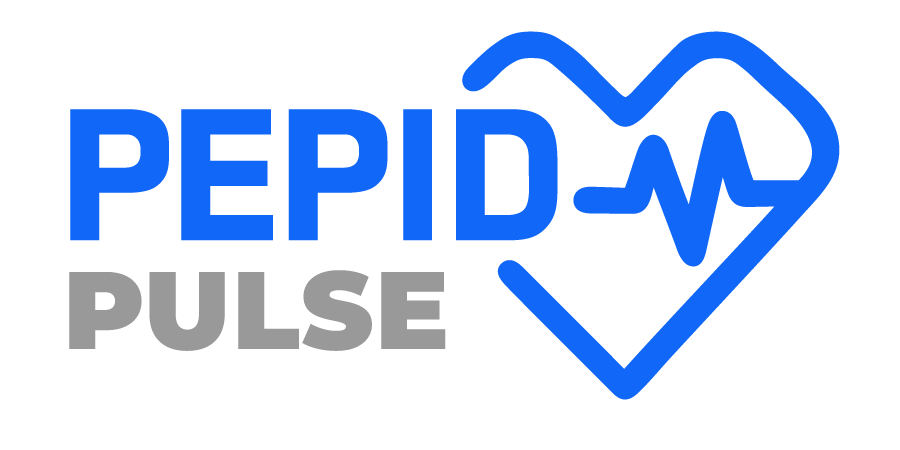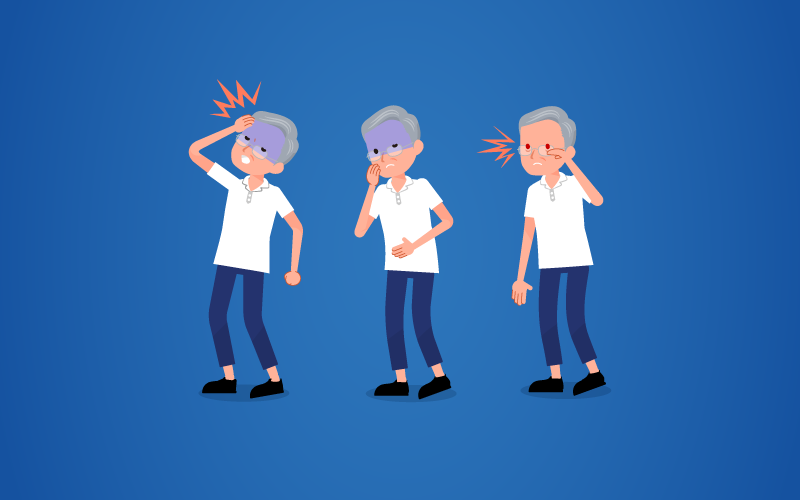The first migraine prevention medication was approved by the FDA in May, 2018. Pharmaceutical companies Amgen and Novartis designed the CGRP receptor blocking monthly injection Aimovig (erenumab-aooe) as a game changer for those who suffer from migraines. Aimovig is the first and only migraine prevention medication to be approved by the FDA, but Novartis/Amgen are not the only companies creating migraine meds:
- Lilly’s galcanezumab hopes for approval in the third quarter
- Alder plans to file eptinezumab within 2018
- Teva’s fremanezumab awaits FDA approval in June
- Allergan, aims to bring the first oral CGRP to the market after meeting its goal during case studies in June.
The coming to market of these new treatments is promising, but as this editorial from JAMA states, they are “progress, but not a panacea.”
How does Aimovig work?
The CGRP (calcitonin gene-related peptide) and CGRP receptors, found in the brain, are both thought to be connected to migraines. Studies have shown that high levels of CGRP are present during migraine attacks, and that relief occurs when the level of CGRPs is decreased. To facilitate relief, Aimovig blocks CGRP receptors from the migraine associated CGRPs.
Clinical studies point to positive results for reducing migraine headaches with Aimivogig (Erenumab-aooe).
Exact pricing for Aimovig is not clear yet. Recent speculations range from $6,900 a year to $8,900 a year for monthly injections. The Aimovig website details programs for reduced costs. The process to produce the monoclonal antibodies (mAbs) grown in living cells is costly, and a key driver of the price point.
Who Should Aimovig be Prescribed to?
ICER reported that, “Although there are no strict guidelines on who should receive preventive therapy, those who have four or more days with headaches (headache days) per month with some impairment may be considered candidates for preventive therapy.”
So far, the preventative therapies for migraines include “some antidepressants (amitriptyline, venlafaxine), anti-seizure medications (divalproex sodium, sodium valproate, topiramate), and beta-blockers (propranolol, metoprolol…(and) onabotulinum toxin A (Botox®, Allergan plc) injections,” and treatments that take about 2-6 months before results are seen, leading many patients to discontinue or switch treatments.
For the first time, pharmacists have an FDA approved, non-toxic migraine prevention treatment to present to those patients who have not found relief from other preventative methods.
More About Migraines
According to the Migraine Research Foundation, migraines are the 3rd most prevalent illness in the world. In the United States, 39 million people suffer from migraines and 1 billion people are affected worldwide. This suffering ranges from Episodic migraines spanning 4-14 times per month to Chronic Migraines that occur 15 or more times per month (some for entire days), with pain ranging case by case. Symptoms range from throbbing pain, auras, light or sounds sensitivity, nausea and vomiting to abdominal pain and even temporary blindness. With the incapacitating nature of migraines, 90% of the 30 million are unable to work or function normally during their episodes.

